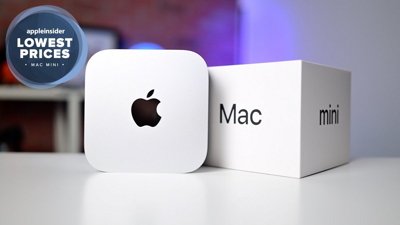Philips on Monday announced immediate availability of Hue White Ambiance bulbs and starter kits, an addition to the company's smart light bulb lineup capable of integrating with Apple's HomeKit smart home framework.
As the name implies, Hue White Ambiance bulbs are designed for users who want smartphone control over home lighting, but don't need access to a wide spectrum of colors. The white LED light bulbs were announced in March alongside a revamped iOS app with support for lighting "Routines."
Positioned above the Hue White series, a connected replacement for conventional 60W bulbs, White Ambiance bulbs can be adjusted to emit cool daylight (6,500k) to warm white (2,200k) shades using the official Hue app. With a maximum output of 800 lumens at 4,000k, the product also supports dimming, a component controlled by software or the dimmer switch included in Philips' starter kit.
Philips says Hue White Ambiance lights can help users focus or relax depending on color temperature. To automate the process, the company introduced "Routines" in its last software update, allowing users to apply preconfigured lighting macros to their home systems. For example, the "wake up" routine gradually increases bulb brightness, while a "go to sleep" routine mimics the setting sun to prepare a user's body for sleep. The "nightlight" setting reduces blue light output to help with sleep cycles.
Hue White Ambiance is compatible with a number of smart home solutions, including Apple's HomeKit.
Philips Hue White Ambiance goes on sale today. A $129.95 starter kit includes a Hue hub, two bulbs and a dimmer switch, while single bulbs come in at $29.95.
 AppleInsider Staff
AppleInsider Staff








 Chip Loder
Chip Loder
 Wesley Hilliard
Wesley Hilliard
 Amber Neely
Amber Neely
 Marko Zivkovic
Marko Zivkovic
 Malcolm Owen
Malcolm Owen
 Andrew O'Hara
Andrew O'Hara
 Christine McKee
Christine McKee









10 Comments
It's my understanding that the Apple TV can work as a hub. So why does Philips still have/require a hub? Am I missing something?
I've deliberately avoided the hassle of various apps and hubs to control homekit. I'm very much hoping that the rumor of a native, centralized Home app from Apple is accurate.
The Hue Hub is required because the bulbs talk using a wireless standard called Zigbee. It's relatively common in the light industrial world, but only recently starting to hit products most regular people want. The Hue Hub acts as a bridge between a Zigbee network and a regular IP network. That lets IP devices (like iPhone) talk with Zigbee devices (like Hue bulbs).